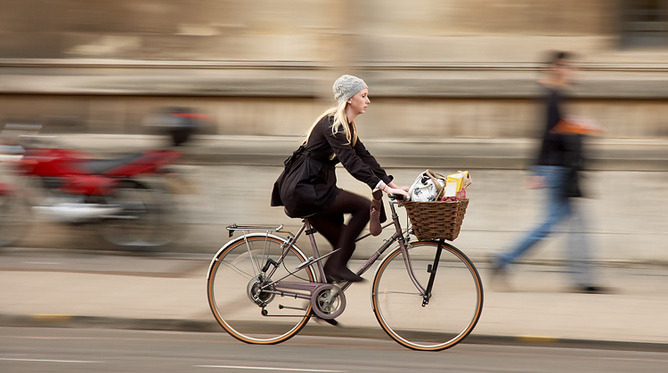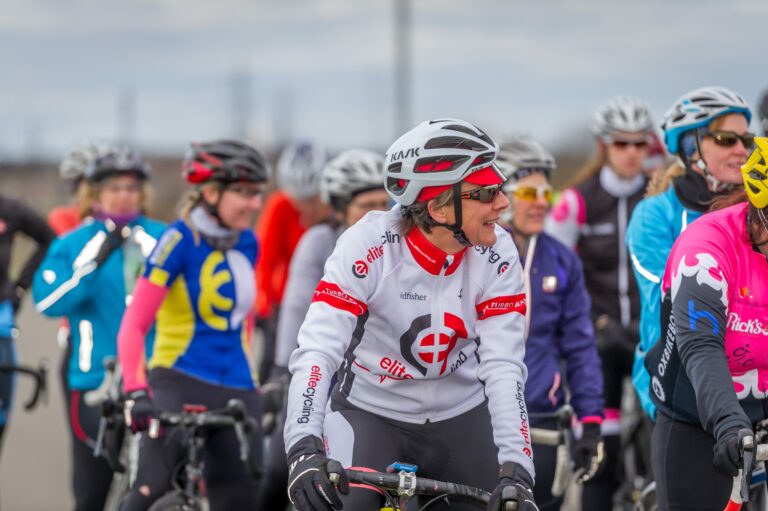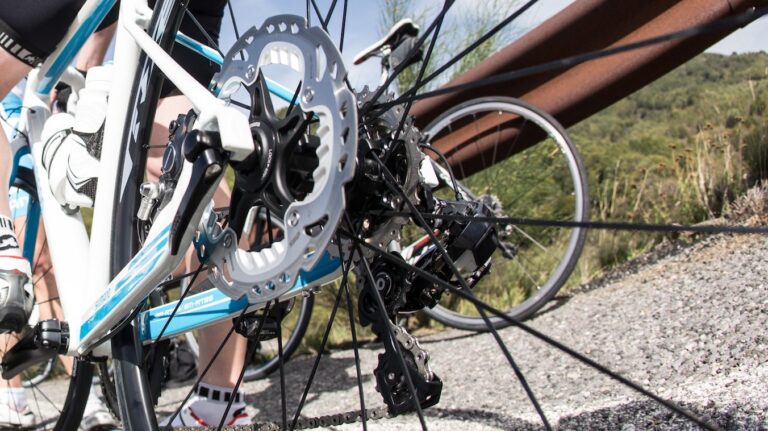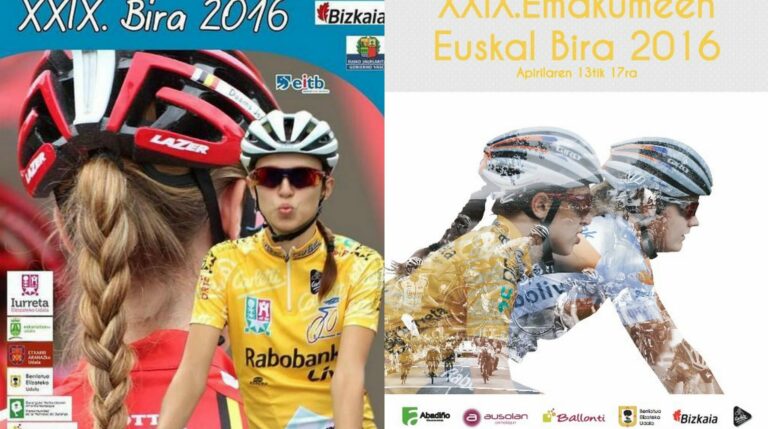Last week we published Laura Laker’s excellent round up of the arguments from the recent panel debate which discussed the question: ‘How is Women’s Cycling Portrayed in the Cycling Media?’
The debate drew large crowds, packing out London’s ‘Look Mum No Hands!’ coffee shop/workshop – and the conversation is still continuing. Former cycling industry dab hand Clare Morrison-Porter has shared with us her own insights, below.
This conversation is definately still raging, we’d love to hear your own views, so feel free to go wild in the comments…
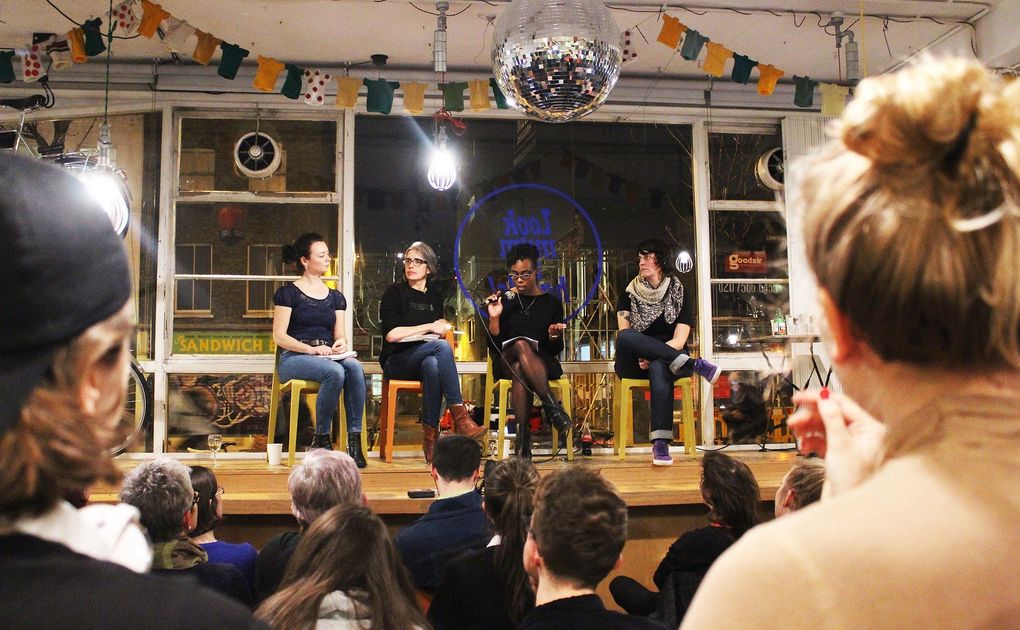
The portrayal of women in the media is often a contentious topic, and the cycling media is no exception. You only need to look at the original programme of speakers at last year’s Rouleur Classic – where no women appeared across all three days of the event – to see that we have a long way to go before women’s voices enjoy the same reach as men’s.
The backlash, and subsequent introduction by Rouleur of female speakers, was the springboard for last week’s Look Mum No Hands hosted ‘How women’s cycling is portrayed in the media?’ panel discussion. Organised by the London Bike Kitchen as one of their bi-monthly WAG (women and gender variant) events, it was an evening of thought-provoking conversation – if a little guilty of preaching to the converted.
Representing female voices in the media (cycling and beyond), we heard from cycling journalists Laura Laker and Adele Mitchell, as well as industry agitator and writer Chris Garrison. The chair was Vélo-City-Girl and Vulpine nine-to-fiver Jools Walker. So what did we learn?
Trial by social media

Unconscious bias is dictating what we see, and brands are sleepwalking into avoidable sexism. We see this Colnago tweet, and and wonder how they could have so badly misjudged its reception. A user submitted photo or not, there’s a distinction between encouraging the community and adopting its content as brand strategy. A bit of empathy goes a long way.
The good news is that, though results are mixed, trial by social media means brands are increasingly held accountable for their misdemeanours. In the good guys corner, Colnago published an apology but on the other end of the spectrum, Adele’s open letter to Maxxis following a similarly misogynist marketing campaign has gone unanswered.
Sexualisation puts women off, but plenty are getting into cycling
Unrealistic and sexualised marketing images risk putting women off cycling and do nothing to aid the demystification of the sport for those lacking role models within it. However, saying that, droves are still flocking to saddle up. In fact, women are the fastest growing cycling demographic in this country and brands are waking up to this in ways that benefit us all. Girls getting into the sport have an increasing number of women’s professional teams to follow for inspiration, and for everyone who uses their bike just to get from A to B, Vulpine are one such brand that design and stock an identical range of fashion led technical clothing for both men and women. Even with the varying economies of scale (2% of journeys in the UK are made by bike, and women account for only 25% of these) by principle their prices are the same. Result.
Is pro female totally pro female?
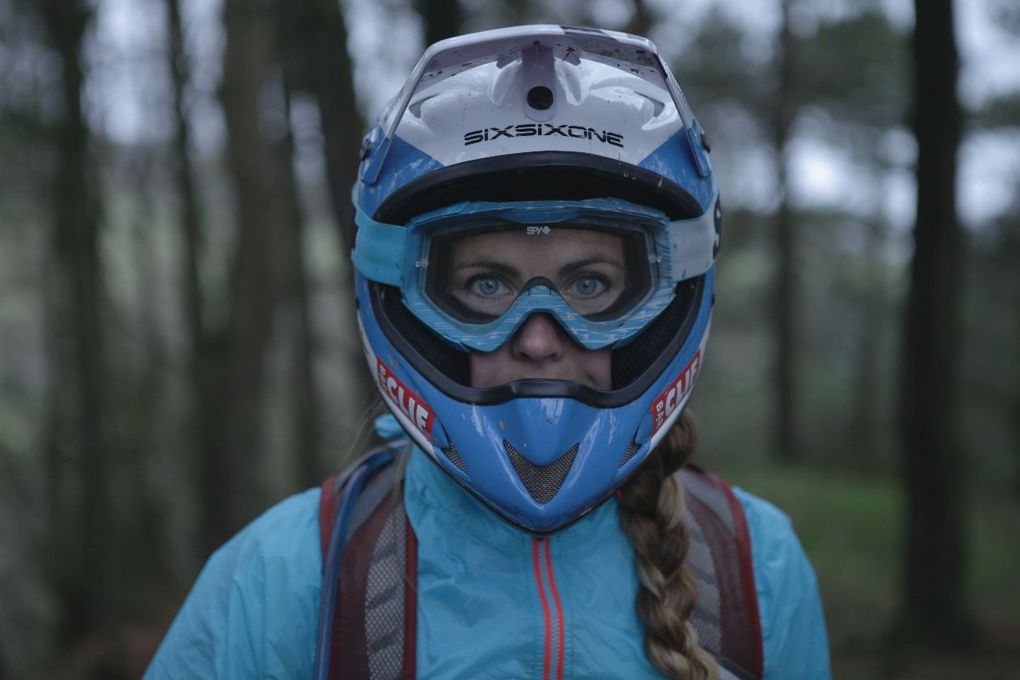
Pro-female advertising can still be misguided. Watch this Sealskinz advert to see if you agree… Whilst the panelists sang the praises of this tale of endurance, our debate over dinner later on was how the story was still told within the tropes of female submission to male wisdom and authority – as well as to what extent emotional blackmail sells. You can leave your ten cents worth in the comments below.
Do heroes have genders?
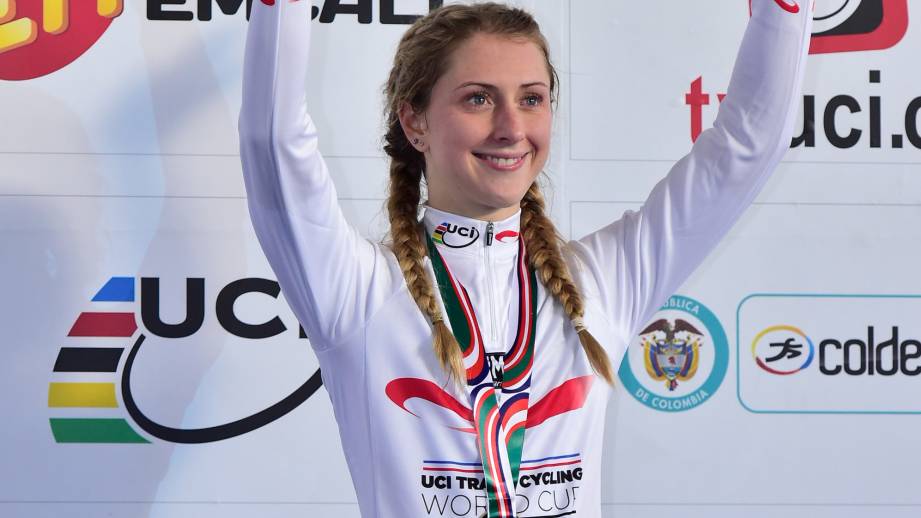
Heroes don’t have genders, or do they? Chris Garrison made the totally relevant point that editors and event organisers are missing a trick by not showcasing female talent to their majority male audiences. Most people would argue that there’s just as much inspiration to be had in the achievements of Bradley Wiggins as Laura Trott. Yet, later on in the discussion we heard that the testosterone fuelled (and excuse the generalisation) competitive spirit of men is more attracted to these superior athletes, whereas women are drawn to stories of ordinary (wo)men doing extraordinary things. So it seems a dual approach to advertising might be needed after all, though I think we can all agree that this is 2016 and you can still turn a profit with models that keep their clothes on.
Vote with your wallet!
The cycling media is a microcosm and we still need the mainstream media to change. This one is pretty self-explanatory if a little disheartening. Do what you can and vote with your wallet and feet by supporting those publications, events and brands that champion women as well as men. And get on your bike, as there’s no telling who you might inspire to do the same!
What do you think about women’s cycling’s representation in the media and in marketing material – are we moving forwards, or still stuck in the dark ages?


